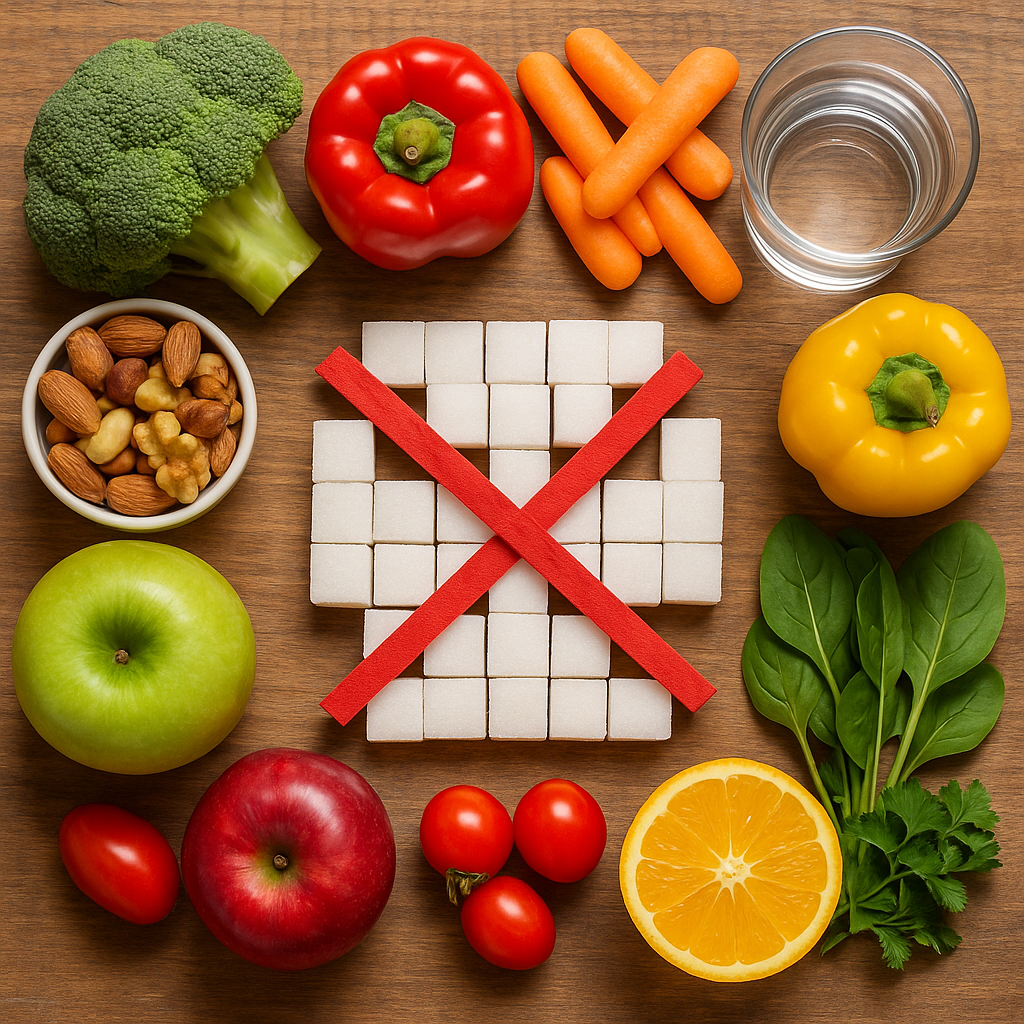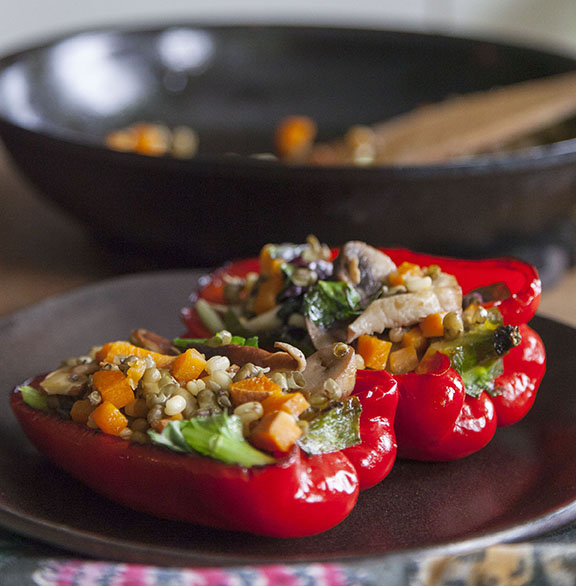
Back in the day, grabbing a hamburger, soda, or candy bar for pocket change was normal—and no one thought much about the sugar hidden in everyday foods. Today, with decades of nutrition research behind us, we know better: added sugars play a significant role in weight gain, heart disease, and overall health decline.
What Are “Added Sugars”?
Not all sugar is created equal. Naturally occurring sugars, like those in fruit or milk, aren’t the problem. The real concern lies with added sugars—those sweeteners poured into packaged foods and drinks during processing. The U.S. Dietary Guidelines classify added sugars as ingredients such as brown sugar, corn syrup, dextrose, glucose, and high-fructose corn syrup.
Chips, sodas, desserts, and sweetened drinks are among the biggest culprits. They provide lots of calories but little or no nutrition. Cutting back—or cutting them out—can go a long way toward better health.
How Much Is Too Much?
The numbers are eye-opening. According to the CDC, U.S. adults now consume about 17 teaspoons of added sugar per day—that’s 68 grams, or nearly one-third of a cup. While slightly less than a decade ago, it’s still well above recommended limits.
The American Heart Association recommends no more than:
- Women: 6 teaspoons (25 grams) daily
- Men: 9 teaspoons (36 grams) daily
That means most of us are still consuming nearly double what experts advise.
Do You Need a Sugar Detox?
If you’re tired of fad diets or quick fixes, a sugar detox may be a sustainable way forward. Author and environmental scientist Summer Rayne Oakes discovered firsthand how powerful sugar cravings can be. Her book SugarDetoxMe: 100+ Recipes to Curb Cravings and Take Back Your Health outlines a 10-step detox plan with over 100 recipes designed to reduce dependence on sugar while nourishing the body.
Oakes explains that cravings can start before we’re even born. Babies exposed to sweet flavors in the womb may develop a stronger sweet tooth later in life. Add to that our brain’s built-in sugar receptors—designed thousands of years ago when sweet foods were rare—and it’s easy to see why sugar feels irresistible.
But the good news is that you can retrain your body and brain. Planning meals ahead, shopping with a list, and choosing fresh, whole ingredients are key to success. Clean eating, Oakes says, helps rebalance the brain and naturally steer you away from sugar.

Stuffed Bell Pepper. recipe from Sugar Detox Me cookbook. Photo used with permission from SugarDetoxMe, by Summer Rayne Oakes © 2017, published by Sterling Epicure
A Taste of Sugar-Free Eating: Stuffed Sweet Bell Peppers
One of the standout recipes from SugarDetoxMe is a hearty, plant-based meal that proves healthy eating can be both satisfying and flavorful. These Stuffed Sweet Bell Peppers are packed with protein, vegetables, and herbs—no sugar required.
Stuffed Bell Peppers with Mung Beans and Veggies
Makes 2 servings
- ½ cup mung beans, sorted
- ½ cup cubed sweet potato
- 3 ½ tablespoons extra virgin olive oil, divided
- 2 cloves garlic, minced, divided
- 2 red bell peppers, halved, stemmed, and seeded
- Pinch of sea salt
- Pinch of pepper
- ½ cup white button mushrooms, sliced
- 2 cups Lacinato kale, washed, deveined, and chopped
- 1 tablespoon lemon juice
Pour 1 ½ cups of water into a medium saucepan and add the mung beans. Bring the water to a boil and then let it simmer, uncovered, for 25 minutes.
While the water is simmering, preheat the oven to 400°F.
Toss the sweet potato with 1 tablespoon of the olive oil and half of the minced garlic in a large bowl. Season with salt and black pepper, and arrange the sweet potato on a baking sheet. Roast for about 25 minutes.
Lightly brush the peppers with 1 tablespoon of the olive oil, and sprinkle them with salt and pepper. Place the peppers, cut-side down, on another baking sheet. Bake the peppers until they are just tender, around 15 minutes. Let them cool slightly, then turn them cut side up.
Add ½ tablespoon of olive oil to a nonstick skillet and saute the mushrooms over medium heat for 1 minute. Massage the kale with the remaining 1 tablespoon of olive oil and lemon juice and add it to the mushrooms in the skillet. Cover the skillet and let the kale steam for about 1 minute. Remove the mushrooms and kale from the skillet and toss them in a bowl with the mung beans and the sweet potato. Spoon some of the mixture into each of the red pepper halves.
Making It Work for You
Breaking up with sugar doesn’t mean giving up flavor. With strategies like meal prepping, stocking your kitchen with whole ingredients, and trying recipes like the stuffed peppers above, you’ll find it easier to reset your palate and reduce cravings. Over time, many people discover they don’t even miss the extra sweetness.
The “Sweet Side of Health” is about more than what you cut out—it’s about what you gain: better energy, improved health, and meals that make you feel truly satisfied.













